Bilingual schools in Madrid or schools with English instruction
Finding the perfect school for your children in Madrid can be complicated due to the wide educational offer. For those who value academic excellence and fluency in several languages, bilingual schools in Madrid are an option to seriously consider. However, what can we expect from schools with English instruction? From Casvi International American School, we explain the differences.
The key to effective bilingual education in schools
The key to successful bilingual education goes beyond simply learning two languages. For a second language to be learned naturally, immersion must be total and in an environment where English is the primary language of instruction. This allows students not only to master the language, but also to develop critical thinking skills and cultural adaptability.
There are different types of bilingual schools in Madrid that offer bilingual education, but few where it is really effective. For this purpose, native English-speaking teachers and an appropriate curriculum are required.
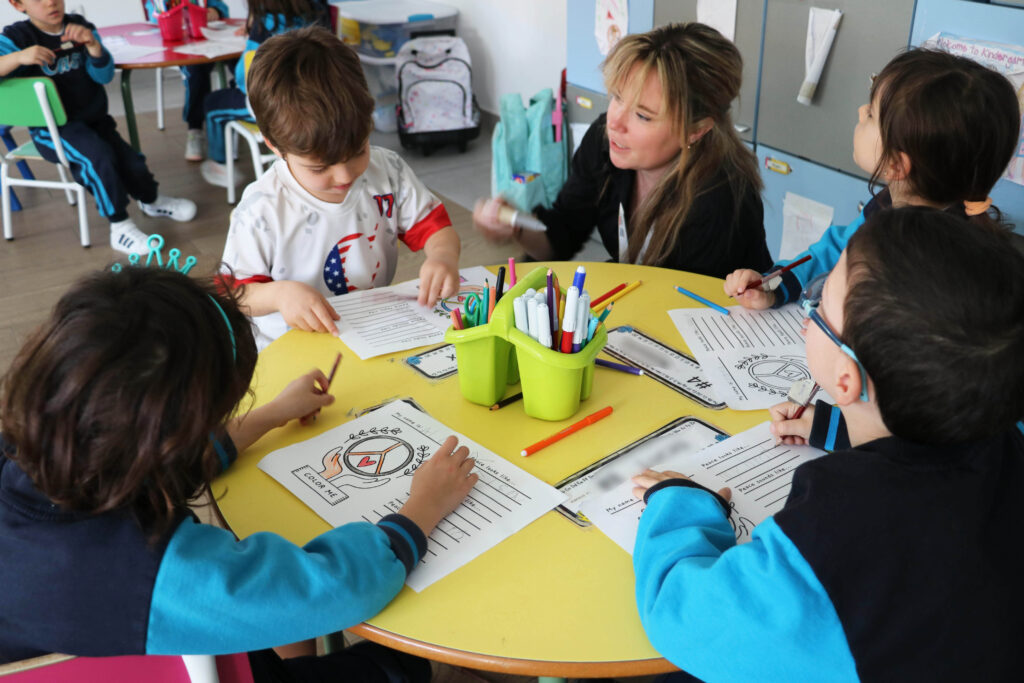
What makes a bilingual or English-language school unique?
1. Rigorous and enriched curriculum
A curriculum that combines the best of international educational standards with a personalized approach that fosters the individual growth of each student. Of course, it should also prioritize language acquisition from an early age.
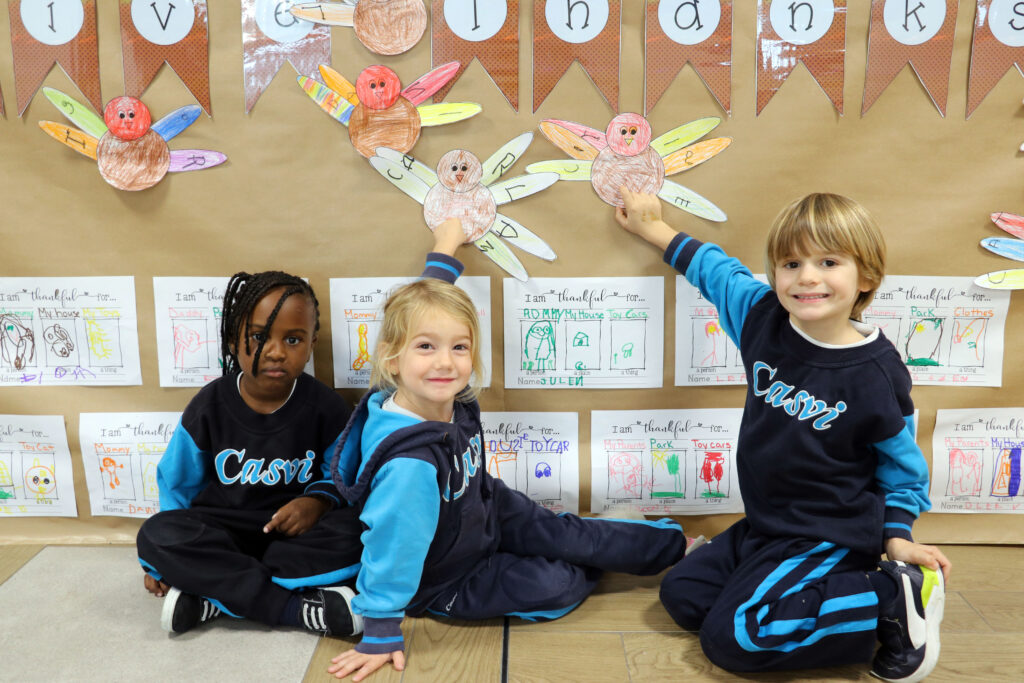
3. Classroom technology
By integrating cutting-edge digital tools, we ensure that students are prepared to face the challenges of the modern world.
2. Highly qualified teachers:
A team of passionate and expert educators, committed not only to transmitting knowledge, but also to inspiring and guiding students on their educational journey. In addition, it is vital to have teachers who are native speakers of the language they teach in order to achieve true immersion.
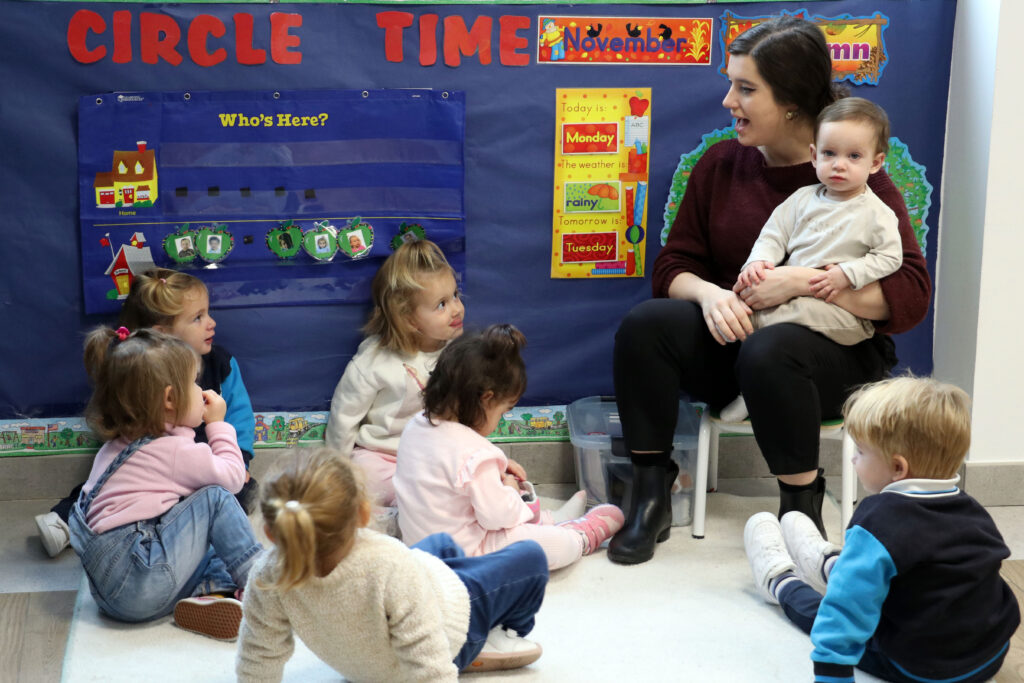
4. Focus on child development
A focus on the integral wellbeing of students, promoting physical, emotional, and social development in conjunction with academics.
The road to bilingualism in schools
Over the last few years, the trend towards bilingualism has been promoted in most schools in Spain and especially in bilingual schools in Madrid. However, many aspects have changed recently.
In conventional bilingual schools in Madrid, Spanish and English are balanced as languages of instruction. In other words, teaching in English and Spanish is balanced. In English-language schools, this changes. Spanish is only taught in the subjects of Spanish Language and Social Sciences. This is the case of Casvi International American School, where international students of different nationalities study together.
When English becomes the primary language, we are able to reinforce this language outside the home through total immersion. Meanwhile, Spanish is organically integrated into specific areas of the curriculum such as those mentioned above.
This methodology not only guarantees total immersion in English, but also strengthens Spanish language skills through key subjects such as Spanish Language and Social Studies and outside of school. It is important to keep in mind that just by being in Spain, students are exposed to Spanish more than any other language in society. Therefore, in order to achieve bilingualism, English must above all be reinforced at school.

In bilingual schools in Madrid from an early age
Bilingualism is an invaluable skill in today’s globalized world. As borders blur and opportunities expand, mastering more than one language has become essential. But the question arises: What is the right age to introduce bilingualism into a child’s life?
A child’s brain is incredibly receptive and adaptive during the first years of life. This stage, known as the “window of opportunity,” is the optimal time to expose children to different languages. During this period, the brain has greater neuronal plasticity, which means that it can absorb and process linguistic information more efficiently.
Therefore, the best stage to introduce languages is in Early Childhood Education.
Although brain plasticity decreases with age, there is no exact age to begin introducing bilingualism. However, experts agree that the earlier you start, the better. Even from birth, babies can be exposed to multiple languages through parental speech, songs, and play.
Benefits of English and bilingual education in schools
1. Fluency in two languages
2. Greater openness to opportunities
3. Personal and cultural growth
By becoming fluent in English and Spanish, students have a competitive advantage when graduating in a globalized world. This is because Spanish and English are two of the most widely spoken languages in the world.
The ability to communicate fluently in two languages expands both academic and professional possibilities, opening doors in internationally prestigious universities and multinational careers.
Exposure to different languages and cultures enriches the learning experience, fostering empathy, tolerance, and appreciation of diversity.

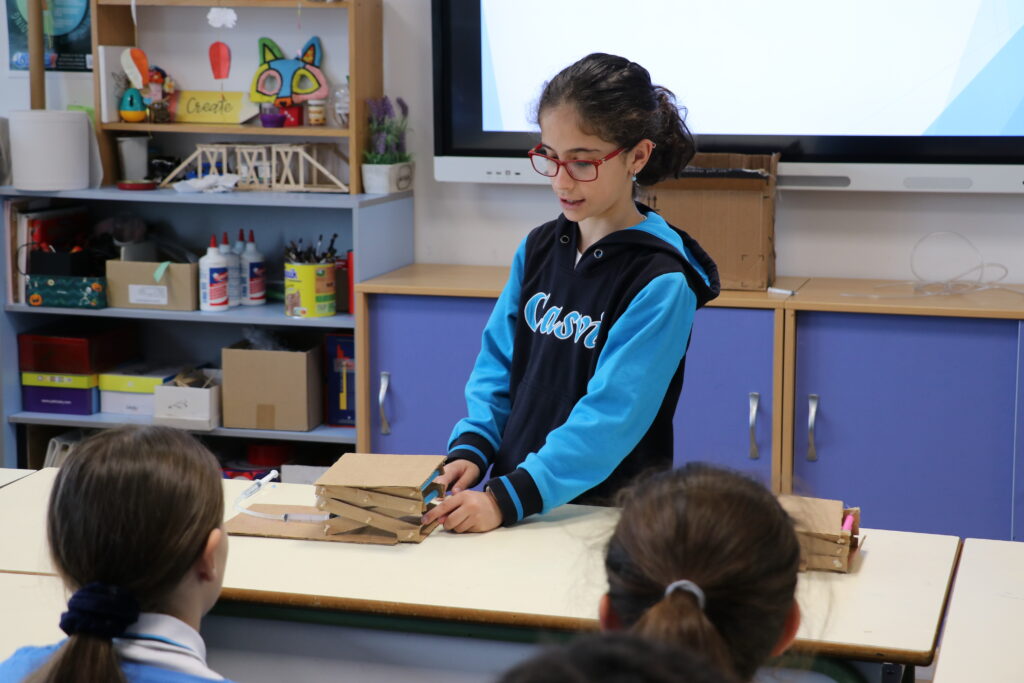

Tips for developing bilingualism at home
1. Consistency and regular exposure:
2. Encourage social interaction:
3. Be patient and understanding:
It is essential to maintain constant exposure to both languages in the child’s environment, whether through speech, reading or the use of educational materials.
From home, you can continue to encourage exposure to different languages through films, books, music…
Opportunities to practice both languages in social situations will help the child develop communication skills in both languages.
It is not only good for children to practice and have conversations in both languages at school, but also in different environments.
Learning a second language can be a gradual and sometimes challenging process for children. It is important to offer support and encouragement at all times.
There are children who acquire languages much earlier and others who take longer. You have to respect their own time.
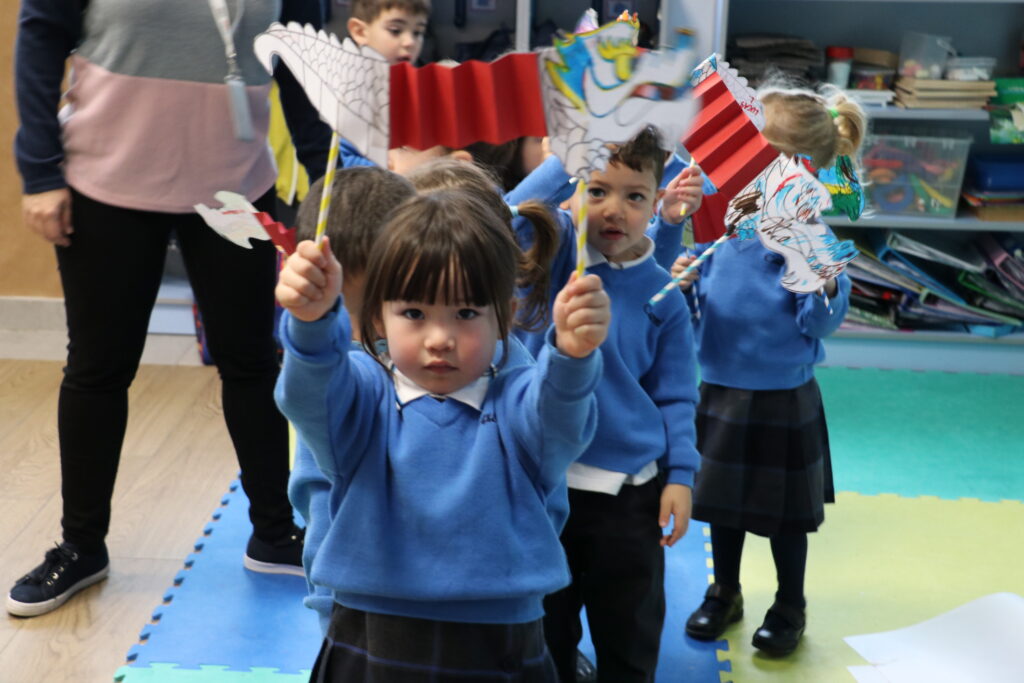
Bilingual experience at Casvi International American School - Bilingual Schools in Madrid
At Casvi International American School, we are proud to offer a quality bilingual education that prepares our students to excel in an increasingly interconnected and multicultural world. The language of instruction is English to reinforce this second language so that your children become truly bilingual.
Request more information about our school and discover the difference of an exceptional education for your children.


